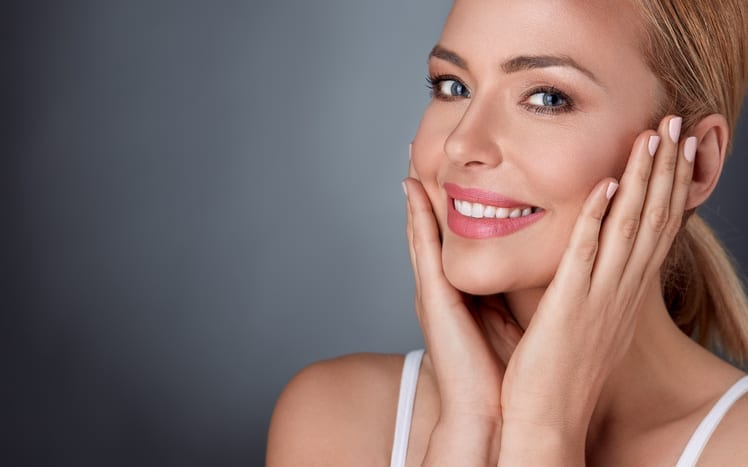Glycolic peels have gained popularity as effective treatments for various skin concerns, including fine lines and wrinkles. One area of focus is the delicate under-eye region, where wrinkles often appear first. This guide explores the safety and effectiveness of Glycolic Peel Treatment in Dubai for treating under-eye wrinkles.
Understanding Glycolic Peels
What Is Glycolic Acid?
Glycolic acid is an alpha-hydroxy acid (AHA) derived from sugar cane. It is known for its ability to exfoliate the skin, promoting cell turnover and improving skin texture. Glycolic acid penetrates the skin effectively, making it a popular choice for cosmetic treatments.
How Glycolic Peels Work
Glycolic peels involve applying a glycolic acid solution to the skin, which exfoliates the outer layer. This process helps to remove dead skin cells, revealing smoother and healthier skin beneath. Additionally, glycolic acid stimulates collagen production, which is essential for maintaining skin elasticity and firmness.

Glycolic Peels and Under-Eye Wrinkles
Targeting Fine Lines
The under-eye area is prone to fine lines and wrinkles due to its thin skin and constant movement. Glycolic peels can effectively reduce the appearance of these wrinkles by exfoliating the skin and promoting collagen production.
Benefits for the Under-Eye Area
- Smoother Texture: Glycolic peels can improve the texture of the under-eye skin, making it look smoother and more youthful.
- Enhanced Radiance: By removing dead skin cells, glycolic peels can enhance the overall radiance of the under-eye area.
- Improved Hydration: Glycolic acid helps the skin retain moisture, which can diminish the appearance of fine lines.
Safety Considerations
Skin Sensitivity
The under-eye area is particularly sensitive, and while glycolic peels can be beneficial, they may also pose risks. It is crucial to consult with a qualified skincare professional before undergoing treatment. They can assess your skin type and determine the appropriate strength of the peel.
Potential Side Effects
While generally safe, glycolic peels may cause side effects, including:
- Redness
- Peeling
- Irritation
These effects are usually temporary and subside within a few days. However, due to the sensitivity of the under-eye area, it is essential to monitor your skin closely after treatment.
Patch Testing
Before applying glycolic acid to the under-eye area, a patch test on another part of the face can help determine how your skin reacts. This precaution is especially important for individuals with sensitive skin or those prone to allergic reactions.
Post-Treatment Care
Sun Protection
After a glycolic peel, the skin is more susceptible to sun damage. It is essential to apply a broad-spectrum sunscreen with a high SPF to protect the under-eye area from UV rays.
Moisturization
Keeping the skin hydrated is vital after a glycolic peel. Use a gentle, hydrating eye cream or serum specifically formulated for the under-eye area to help maintain moisture levels.
Avoiding Irritants
For a few days post-treatment, avoid using harsh products, including retinoids or products with strong fragrances, as they may exacerbate irritation.
Alternatives to Glycolic Peels
Other Treatments for Under-Eye Wrinkles
If glycolic peels seem too harsh for the under-eye area, consider alternative treatments such as:
- Hyaluronic Acid Fillers: These can provide immediate volume and smoothness to under-eye wrinkles.
- Laser Treatments: Non-invasive laser therapies can stimulate collagen production and improve skin texture.
- Microneedling: This technique creates micro-injuries in the skin, promoting healing and collagen production.
Conclusion
Glycolic peels can be an effective option for reducing under-eye wrinkles, but caution is essential due to the sensitivity of the area. Consulting with a qualified skincare professional can help you determine the best approach for your skin type and concerns. With proper care and treatment, glycolic peels may enhance the appearance of the under-eye area, leading to a more youthful and radiant look.





Comments